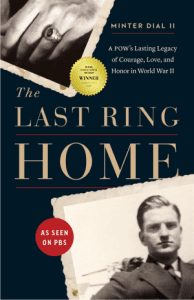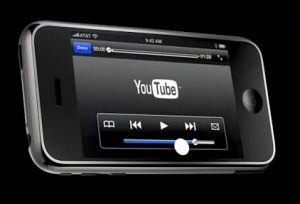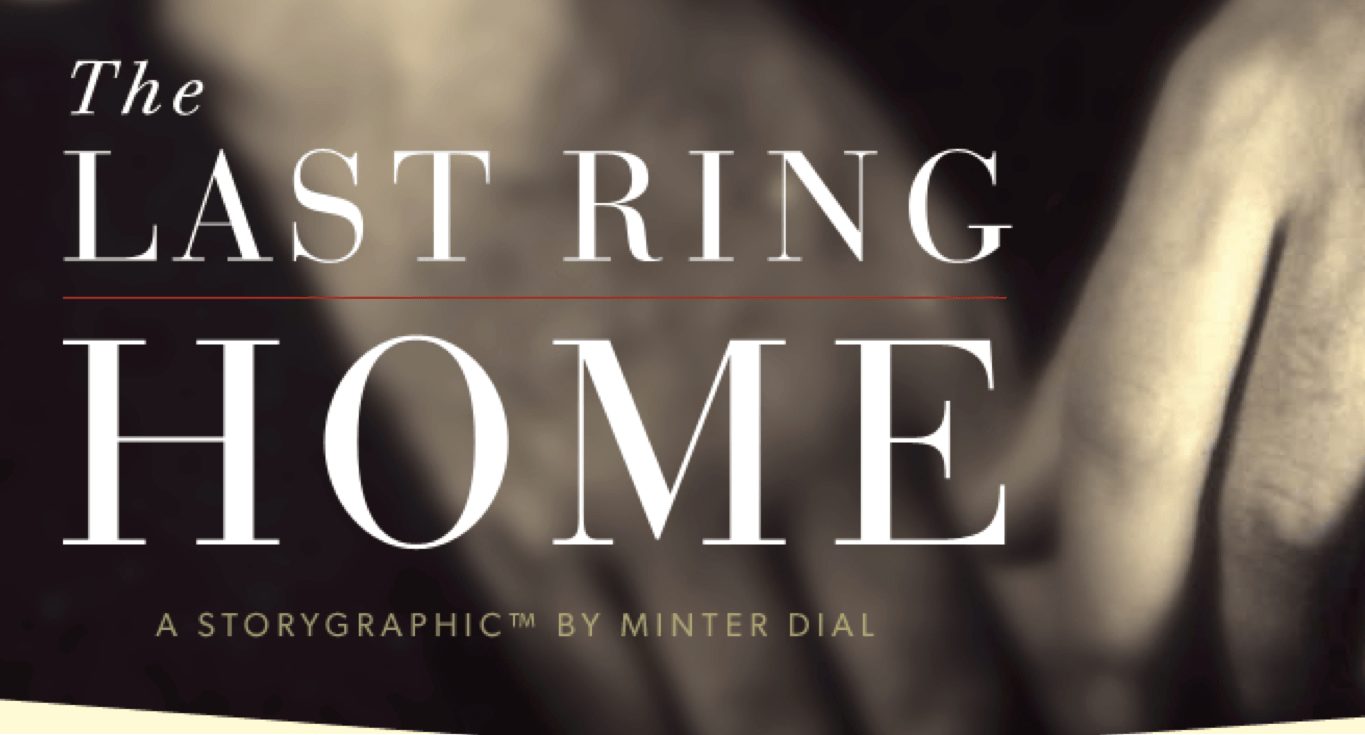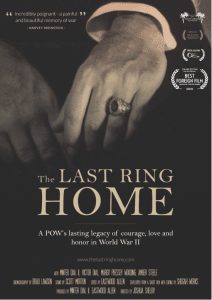How important would you say storytelling is in your life (personally and/or professionally)? It’s an artform that I’ve been exploring ever since school and I continue to search for recipes, insights, inspiration and… great stories. One of the challenges in this digitally charged world is to figure out which media for your story. Moreover, if you’ve created a story and want to repurpose it, how best to go about adjusting it to fit the media?
Starting with the story itself

The most important ingredient will, of course, be the story itself. My more loyal readers will know that I wrote and produced the book and film, The Last Ring Home, in late 2016.This is a project that began in 1991 and I can forthrightly claim that it’s been 27 years in the making. Over those years, I have endeavoured to tell the story in many different ways to many different audiences around the world. This has included talking to a room full of 7-8 year olds quietly sitting cross-legged on the floor, to a retirement centre with WWII veterans and spouses sitting in wheelchairs connected to various medical devices. As Ann Handley at MarketingProfs always says, it's about tailoring your story to the audience. Share on X
Since its release, the film has been shown over 1000 times on PBS in North America and on History Channel in Australia and New Zealand. It recently had another spate of airings on PBS over the last Memorial Day, which brought with it another round of lovely messages and surprising encounters. If you’re interested in seeing the film, it’s now out on several online platforms, including YouTube, Google Play and iTunes (in 69 territories around the world). Now, I’m proud to say that, after the film won several awards, the book just won the Book Excellence Award in the category of Biography in June 2018 (see more here).
The art of storytelling

If storytelling is all the rage for brands, it’s far from easy for brand marketers to craft great stories that move stock. There is the art of telling the story, but there’s also how to adapting the story according to the media, not to mention the challenge of distribution. How should the narrative change if you use an image versus a video, a film versus a book, a Facebook post versus an Instagram image? Moreover, taste for consuming stories is evolving, aided by the arrival of new platforms and devices. For example, Instagram and Facebook have co-opted the Snap-inspired ‘stories’ that are designed for a limited time consumption. Netflix and Amazon have helped bring the mini-series back to the fore. In a sign of the times, Nike ingeniously changed its strategy in the 2018 World Cup to accommodate more bite-size, almost episodic content that involves the readers. [See the Fast Company article]
The Last Ring Home in 8 media
In this context, I wanted to share with you my experience of working one same story, The Last Ring Home, across a number of different media, ranging from varying forms of text, image, voice and video. I have now created fourteen different versions of The Last Ring Home using 8 different media:
 Book x2 (published narrative non-fiction, and an unpublished chronological biography)
Book x2 (published narrative non-fiction, and an unpublished chronological biography)- Audiobook x1 (on Audible, narrated by myself along with Erin de Ward for the female voices)
- eBook x1 (for Kindle)
- Film x4 (30-second and 2-minute trailers, a 15-minute version [unpublished], and the 27-minute version that you can find on the sites listed above)
- Film Script x2 (character development, action script) for a feature-length film
- Infographic x2 (which I rebaptised as a “storygraphic”)
- Iconic poster (a few iterations, but the main one is to the right)
- Poem x1
…(and maybe as a song next?)
BTW I’ve chosen not to include the Keynote presentation (made for speeches without the film) and PR releases, which wind another form of story…
How does storytelling change with each media?
This post is not intended to be a comprehensive piece about how to craft one’s story according to the media. Rather I wanted to identify how the different media impacted the way I chose to tell the story. For each media, there are constraints, benefits and bonuses. Here are the biggest takeaways.
Book / eBook
As opposed to the thorough and chronological recounting I did in the biography — which was written essentially for the family — the published narrative non-fiction was told in a manner to appeal to complete strangers. In the published book, the objective was tell a complete story, but make sure there was still pace and intrigue. Because of the complexity of the story, the challenge was to keep the narrative moving along without confusing the reader. With the help of an insert of photographs, I was able to infuse some personality and pathos into the different protagonists. With the eBook (Kindle), the real trick was making sure that the page breaks were appropriate, that the images were rendered as best as possible considering the technology (e.g enlarging the image on a Kindle can often barely improve the readability). One of the rather unfortunate discoveries, as an author, is that Kindle will not share back the comments made by readers. I’d long practiced pointing out typos and the like via the Kindle, in the hopes that these were passed along to the author for the next edition. However, unless it’s a grievous mistake pointed out by a disproportionate number of readers, no such luck! (See more for the book)
Audiobook versus book
Audible saw fit to create an audio version of The Last Ring Home (btw it’s not a given) and I persuaded them to use myself as the main narrator. It was an odd experience to read my own book out loud. I did not write the text with the intention of having an audio version; but it surely helped to have been the author to know the characters and desired nuances. Most audiobooks are narrated by professionals who must do their best to get into the heads of the characters they are describing. For this audiobook, as I had very much wanted to have a strong female presence, I persuaded Audible to hire a woman (thanks Erin!) to do as many of the female characters as possible. The biggest challenge I came across was injecting different accents and traits into the characters’ dialogues. The audiobook version certainly makes you conscious about the nuance of each sentence. It’s also a natural way to check the story’s pace and tension. Overall, I can affirm how hard it is to read a long text (even your own) in a flawless manner — that’s a profession I now fully respect. [See here for the book on Audible]
Film / video

Given the combination of moving graphics, music and special effects, video makes for the most visceral experience. With the talented director, Josh Shelov’s invaluable input, we focused on creating the most condensed and fast-paced version of the story. The first cut of the film was a 15-minute heirloom version. At PBS’ request, we then expanded it into the 27-minute version. In a documentary format, we moved back and forward between vintage material and modern-day interviews. Music and editing style were vital to keeping it all harmonious. Moving from 15 to 27 minutes, a near doubling in length, involved a complete rethink of the narrative as it was impossible just to “insert” 12 more minutes to buffer it up for the 1/2-hour TV version. It became a complete re-write, with a very different editor I might add. The last point I will raise is the importance of the trailer. Much like the elevator pitch, brevity is the key, but a trailer serves another purpose: to tease. Under the steady hand of my wonderful editor, Eastwood Allen, the 2-minute trailer reveals all the main players, covers the key elements of the story and shows the scope of the half-hour version. But the art is in what you don’t say, to keep the tension and make the viewer want to know more. In our 2-minute trailer, we voluntarily mashed the sequence to augment the suspense. The exercise of reducing the trailer down to a thirty-second version was even more challenging, and I’d argue not as cogent. As Pascal Blaise said several centuries ago (in French), “I wrote it so long because I did not have the leisure [time] to make it shorter.”* Bottom line, each version must contain a self-contained storyline. (See more for the film).
Infographic / Storygraphic

The concept of an infographic (“a visual representation of information or data”) is rather new to the digital era. One of the assets of an infographic is the ability to insert hyperlinks for further exploration. You will have no doubt heard that, with numbers (or data) you can tell whatever story you wish. And surely numbers by themselves don’t tell stories. To increase engagement, you need to use the data to tell a vivid story. In my case, I have data, a timeline and a lot images, which lend themselves to the infographic format. Yet, I find many infographics dry and uninviting. In a wish to distance my creation, I considered renaming the category to storygraphic, a visual representation of data in a way that tells a story.
The idea of a storygraphic is to use multiple media sources in a hyperlink-rich digital document, that allows the reader to click and peruse as she/he desires. In this case, it’s a chronological and vertical storytelling that serves as a resume with core dates and data leading the reader along. The trick of the storygraphic is finding the right ways to distribute it given its standout shape.
Poem
To the extent that my grandparents were fans of poetry and there were two poems (Love and John Brown’s Body) featured in the story itself, I felt compelled to explore writing a poetic version, which I entitled Annapolisa. It became a 60-line verse, in a straightforward AABB structure. In poetry, you can choose a form that is more or less constraining. I wanted a style that was quite formal, where the structure forced me to be more creative. Like with the film, it was very much about what I chose not to say that made the poem what it is. I also wanted to play with several syntactical elements and poetic devices, as well as pay careful attention to the metre. With the rhyme, I do believe it may lend itself to a song someday soon!
Conclusion to storytelling via different media
If the story carries the same basic ingredients in each version, there’s no doubt that repurposing it into different media was far from an easy exercise. In every case, with the intention of having each at the best level possible, it meant considerable work. While none is more immersive than the video, I have found that mixing and matching versions according to the venue or purpose has been effective. None is more effective than hosting a screening event and then recounting, live, the stories of the making of the film and the behind the scenes.
Are there are forms that I could explore? Surely! With limitless funds, I’d also love to explore the use of augmented reality (AR) on top of the flat images. Perhaps if I were part of a large organisation, I might have added in a whole slew of metrics in order to evaluate the readership engagement according to the media. One thing is for sure, when done well, each media has its purpose and its audience.
*Blaise wrote in a letter in a collection called “Lettres Provinciales” in 1657: “Je n’ai fait celle-ci plus longue que parce que je n’ai pas eu le loisir de la faire plus courte.”


 Book x2 (published narrative non-fiction, and an unpublished chronological biography)
Book x2 (published narrative non-fiction, and an unpublished chronological biography)









Brilliant! I’ve just subscribed and looking forward to being inspired!
Thanks Carmen!
Good response in return of this difficulty with
real arguments and explaining everything regarding that.
I almost never drop comments, but i did a few searching and wound up here The Art of Storytelling Via Different Media – Exploring The Last Ring
Home | | Minter Dial. And I do have 2 questions for you if you tend not to mind.
Could it be simply me or does it look like a few of the responses look like written by brain dead visitors?
😛 And, if you are writing on additional online
social sites, I would like to keep up with everything new you have to post.
Could you make a list of all of all your public sites like your Facebook page, twitter feed, or linkedin profile?